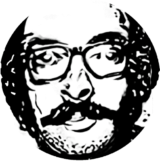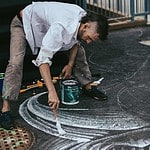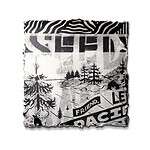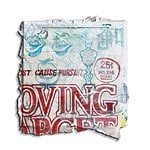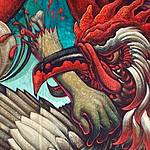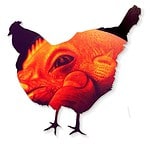HISTORY
The EM project was conceived by a need for change
Tim Barnard and I were art school roommates In the late 90’s. As young artists do, we spoke often of post educational plans, and the hard realities of how to make it in the real world when statistically speaking, 90% of those graduating from institutions like ours did not go on to become full time artists.
Our dialog was an ongoing reshaping of our personal and shared metrics of success regarding the impact we truly wanted our art to make.
We wanted our work to bring palpable change to the world around us, in ways that would leave this place better than the way we found it. We also needed more than simply pockets filled with change, and for so many in this game, there’s the rub.
Do we as artists have any real agency in creating change in the world around us? If so, are there responsibilities associated with the inherent power of this practice that we need to be aware of or have too long ignored?
Can we create freely without selling out? If there’s no market to support the work your soul desires to make, is there a responsibility to make a new market? Or, like water, do we flow along peer reviewed paths of least resistance?
Big questions that are difficult to answer with any measure of brevity.
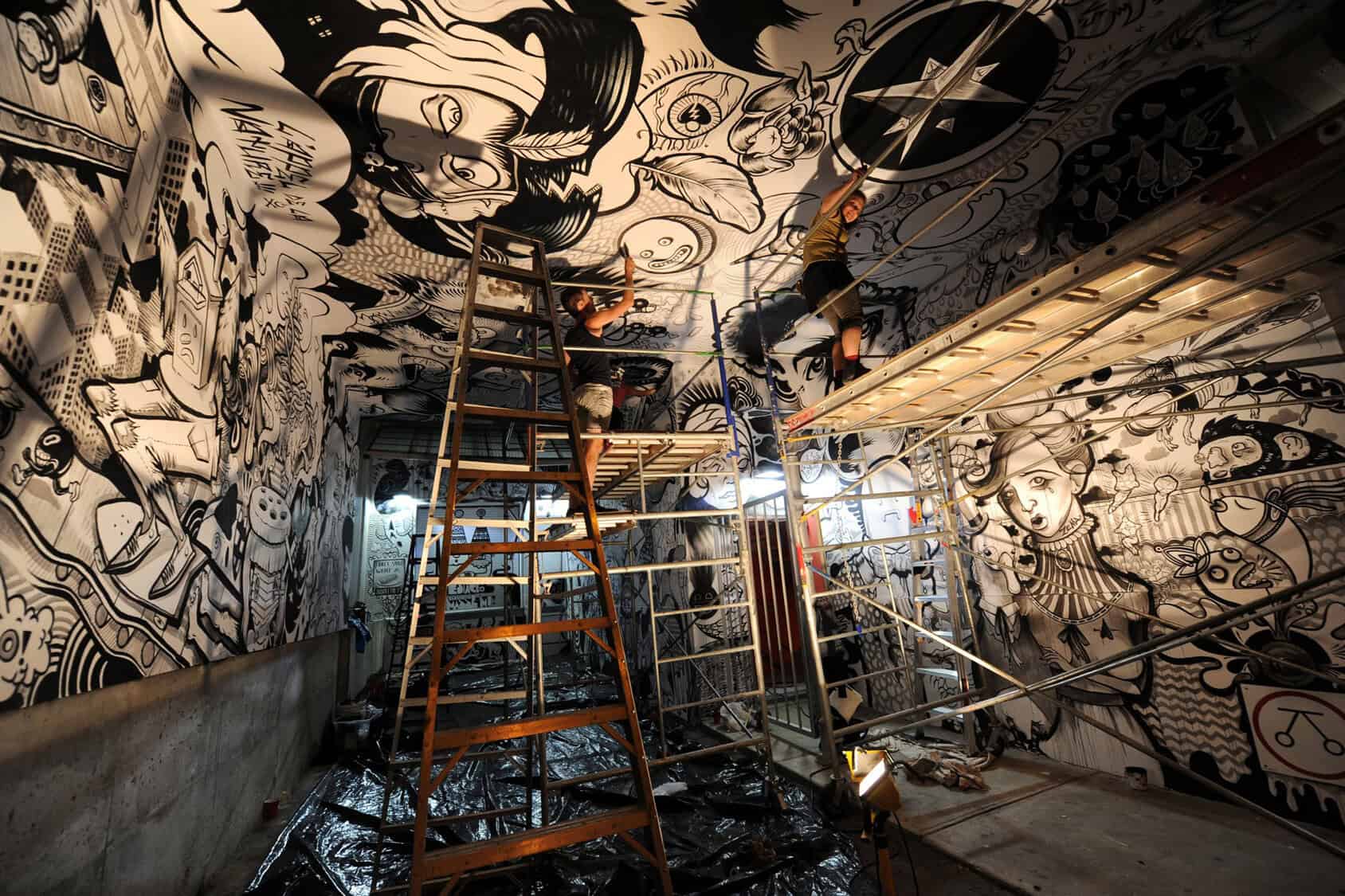
Death of the artist
This article from the Atlantic does a splendid job of describing many of the challenges facing artists today, with author William Deresiewicz arguing for the death of the “artist” and the birth of the “creative entrepreneur”. Very compelling read that has deeply informed my understanding the weird and wild world of contemporary art.
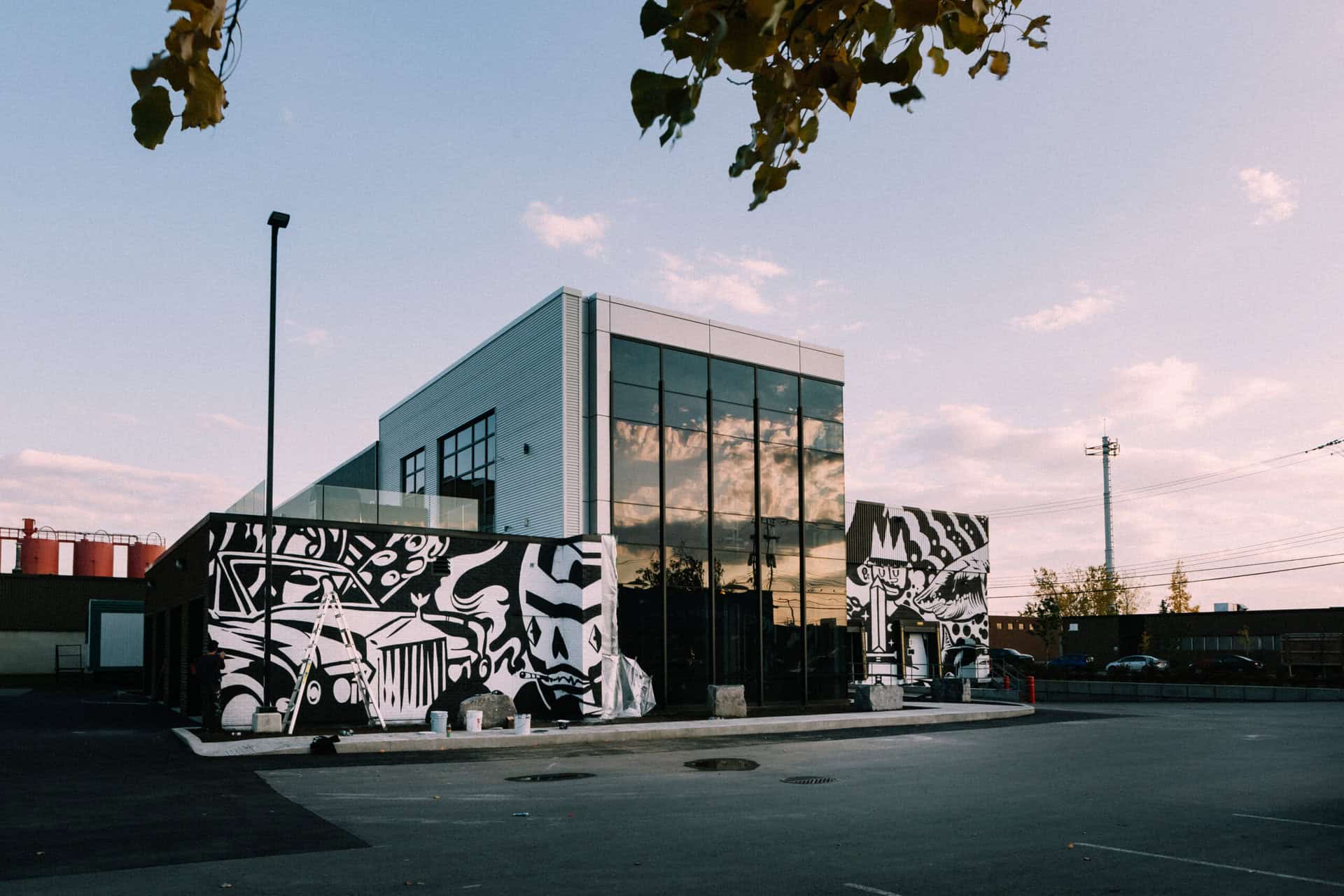
MONTREAL — MARKET PROBLEms
Many years following our time together at art school, Tim and I reconnected in Montreal where these conversations continued in earnest, with both of us still struggling to plant our feet firmly in the real world.
While an incredibly bohemian city to be in, Montreal was not a strong market at that time for the kind of work we were doing and wanted to see.
Far from alone, there was (and continues to be) an incredible number of artists in the city whose work struggles to see the light of day, for reasons similar to our own experience and beyond. There’s much more to say on this subject, for another day.
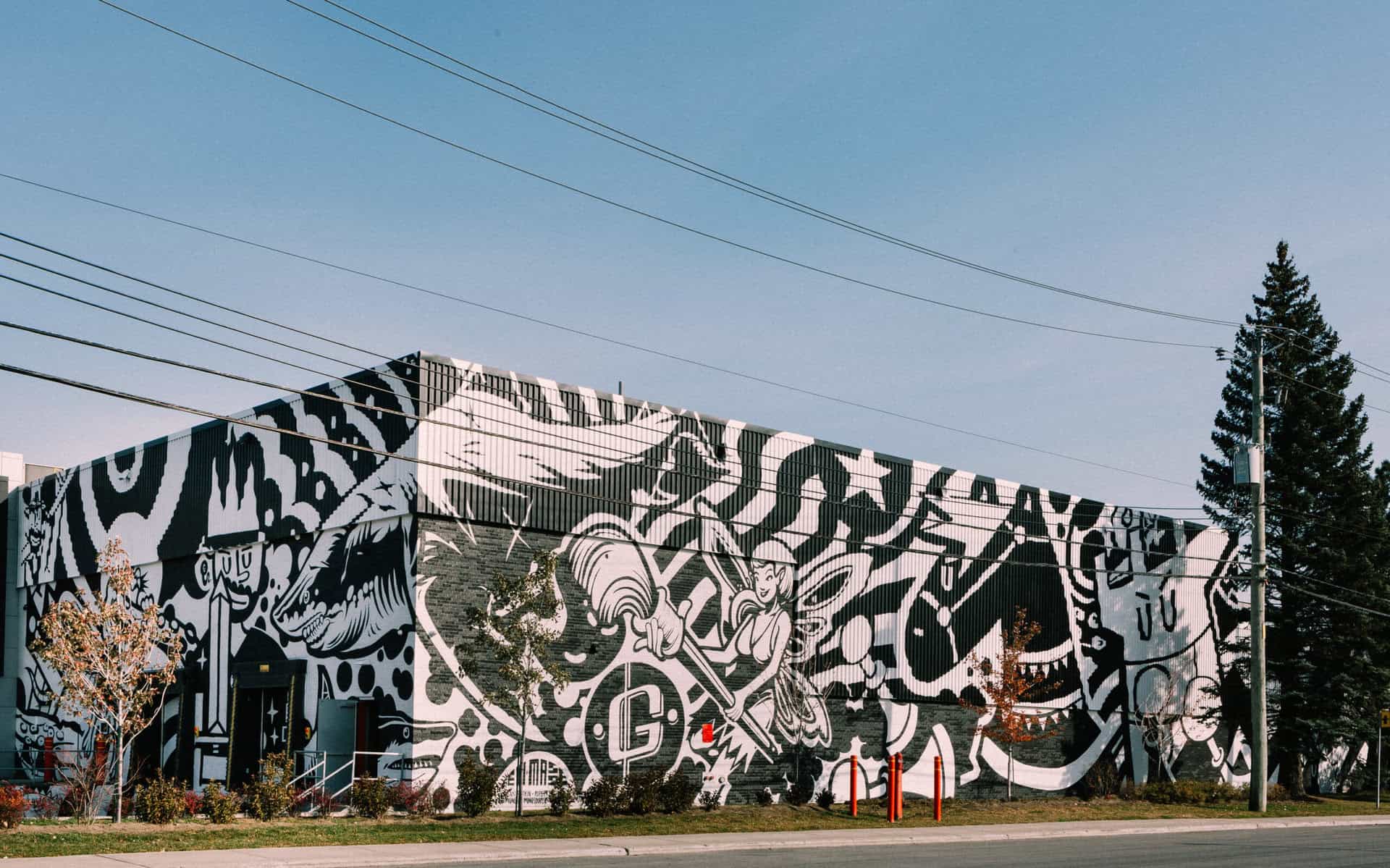
AMERICAN APPAREL
To make ends meet while avoiding the sometimes catastrophic pitfalls of ‘selling out’ (flipping burgers), Tim started busking his work out front of a few local metro station. Mostly small prints, postcards, and a few originals. The public response was great, the money decent, and there seemed a strong appetite for stuff like customized tshirts which had covered in some manner of permanent black marker drawings.
Our challenge was in how to get our hands on a supply of high quality and better fitting t-shirts, which led toward the creation of an American Apparel pilot project we had had dreamt up.
The project would have been truly remarkable in scope (had we ever successfully pitched it), designed to bridge the too often giant gap between corporate and legitimate cultural interests in ways that were of true mutual advantage, advancing the concerns of legitimate cultural interest and amplification, while highlighting the exciting potentialities of collaboration.
In other words, shared creativity.
The more noise even a relatively small artistic community makes for itself, the more quickly it will attract the attention of the mainstream surrounding it, without fail. More attention equals more eyes on the work, a heightened factor of ‘cool’, and subsequently, a greater opportunity for potential sales to a public eager to support projects of real cultural value, as opposed to debased commercial manipulations and manufactured consent.
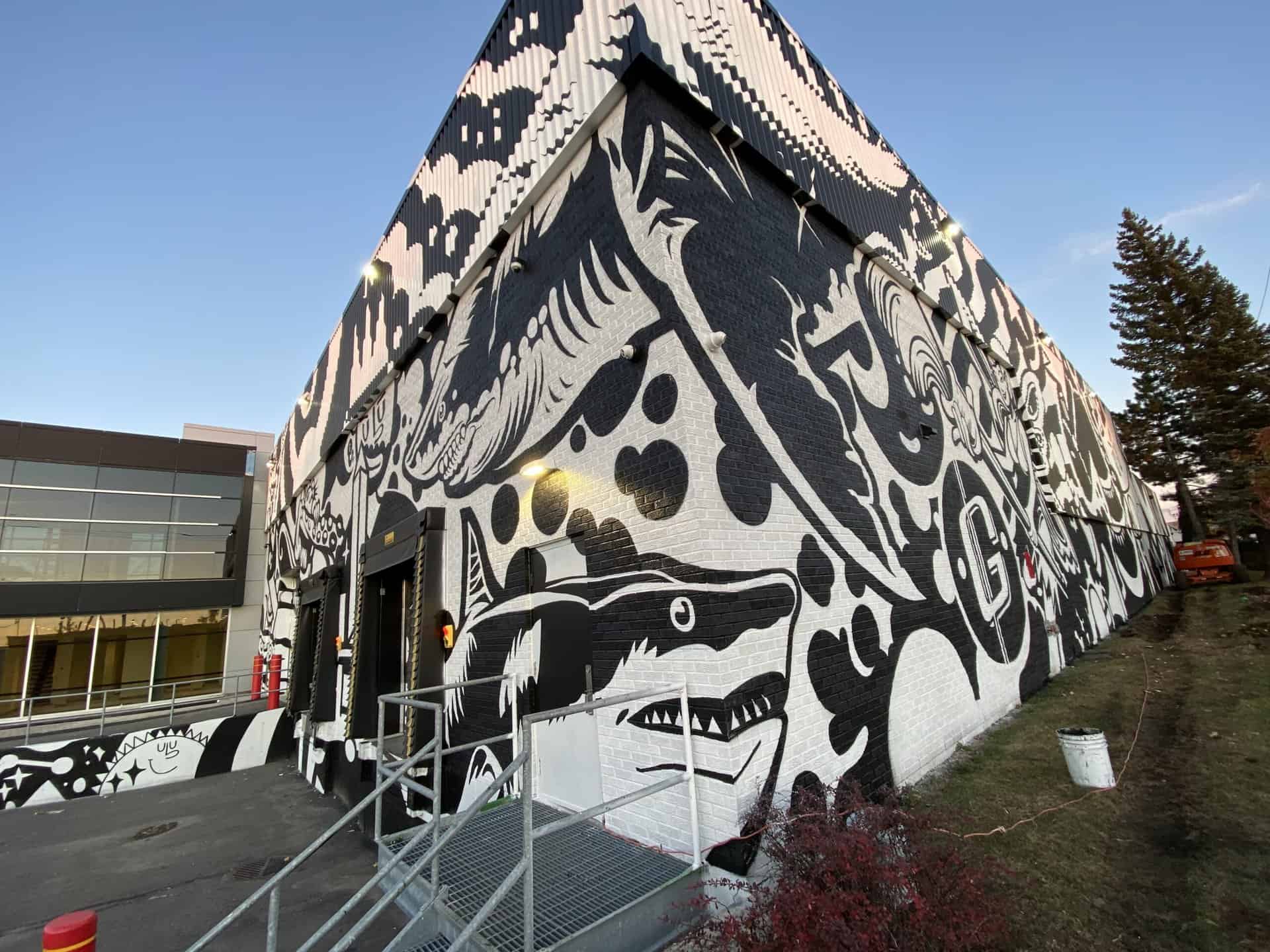
GALERIE PANGÉE
Pangée, making reference to the late Paleozoic supercontinent that existed some 200 000 years ago, was originally located in the heart of Old Montreal during it’s early days.
The gallery had generously hosted me for two solo shows and a pile of other work, under the artistic direction of Margot Ross and Pierre-Laurent Boullais. Though as far as one could get from a commercial success, I had become a tested and trusted part of their stable. With a nearly non-existent winter schedule in late 2008 / early 2009, and a health bit of well intentioned arm twisting, Tim and I were handed the keys to the space along with a carte blanche.
Our initial concept was to host a salon style exhibition in the space, showcasing the incredible variety and depth of local talent whose voice was rarely amplified in a gallery context. Though a good idea, it was scrapped immediately in place of a modified version on the American Apparel project, which at that point was much closer to our hearts, and stood to be a very engaging experiment at the very least.
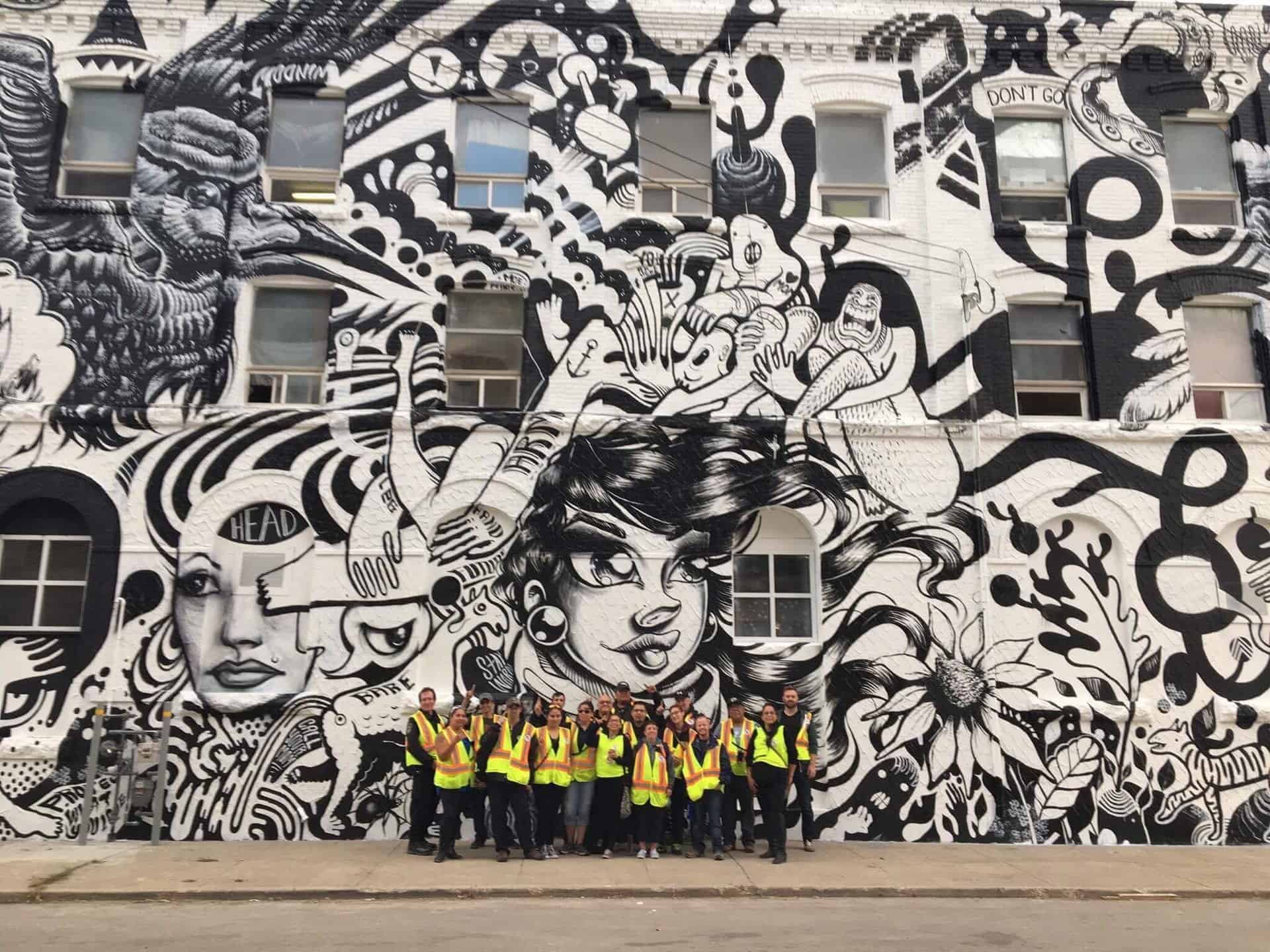
A BLACK AND WHITE WHIRLWIND
30 artists had been invited to the gallery space to collaborate in shifts on a giant experimental collaborative project, covering over 10’x150’ feet of continuous paper tacked to gallery walls.
The project, launched in February 2009 for the city’s Nuit Blanche festivities was an immediate success, gaining much critical interest and praise from nearly every corner of the cultural sector. Work began to pour in from all quarters.
The curator of the Montreal Museum of Fine Arts, who at that time was Stéphane Aquin, was so enamored by the work that he presented it to the institutions acquisitions committee multiple times, to be held in their permanent collection as an incredibly unique document. This prospect was turned down each time, for all of the right reasons, but it was only a matter of time until we worked closely with the museums team on multiple occasions over the years, on very high profile temporary and permanent installations.
FOUR ROADS
very quickly four distinct avenues of the project’s expression organically emerged:
- Galleries/museums
- festivals/public events
- private/corporate commissions
- pedagogical programming (EN MASSE pour les Masses/EN MASSE for the Masses)
The rest is a story still being written to the day, as the project and its impact internationally continues to grow and mature.
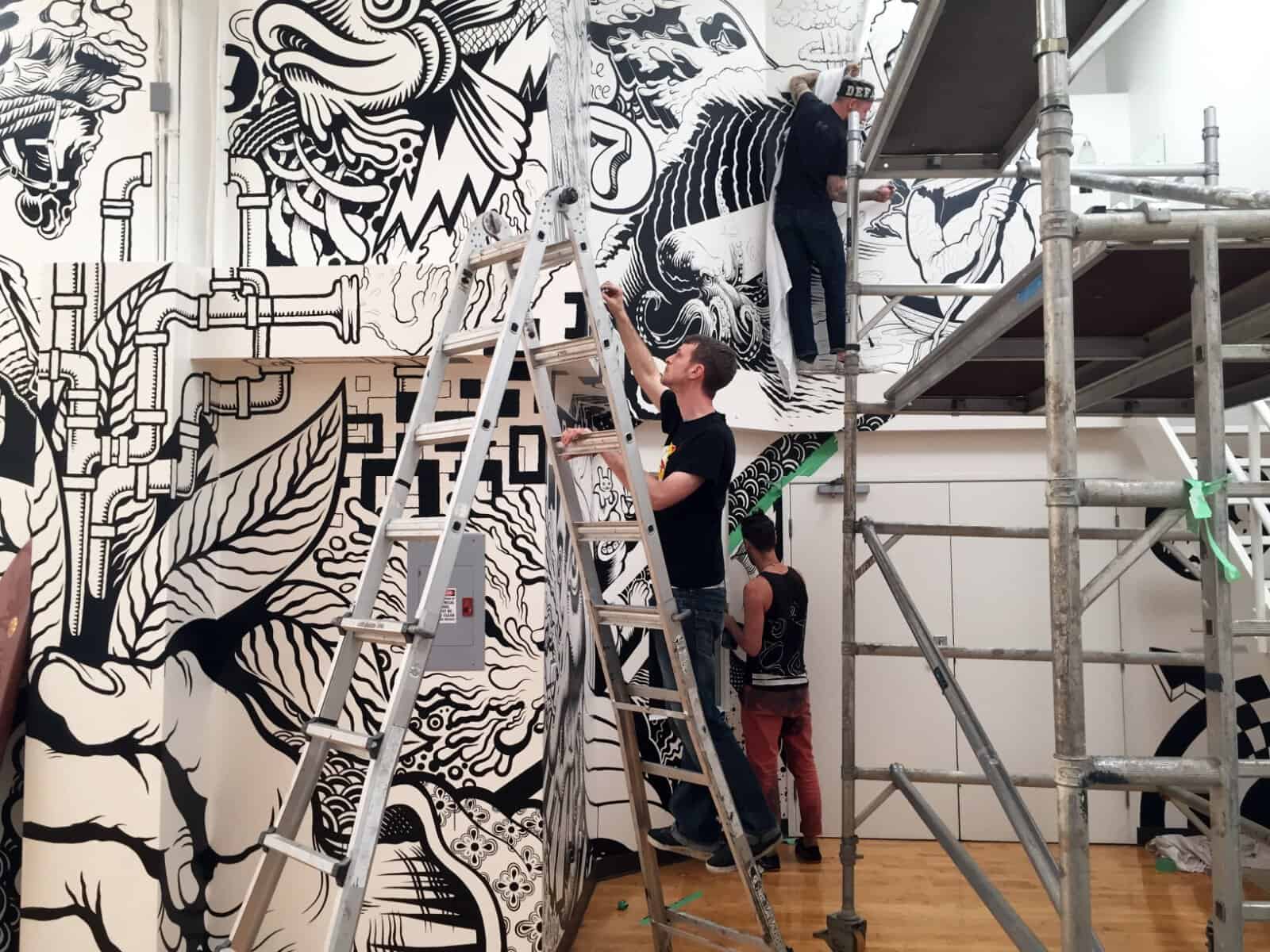
THE ART OF CHANGE
ART powers the AGENCY of IMAGINATION; our most precious capacity to envision a tomorrow that is better — or at least different — than the one we are experiencing in the now.
When the soul desires, she paints a picture of that experience that she then steps into that vision of CHANGE.
To be effective agents of CHANGE, artists need AGENCY.
Drawing together celebrates the creative potential of all people, through a process designed to remind us of our dreams, while affirming our deeply human need to belong.
EM believes in making art WORK for all, in a space designed to support cooperation, not compromise; a place where different points of view are celebrated as strength, and not weakness.
Above all, the Art of AGENCY means taking the WORK out of ART, which is itself the art of CHANGE.
